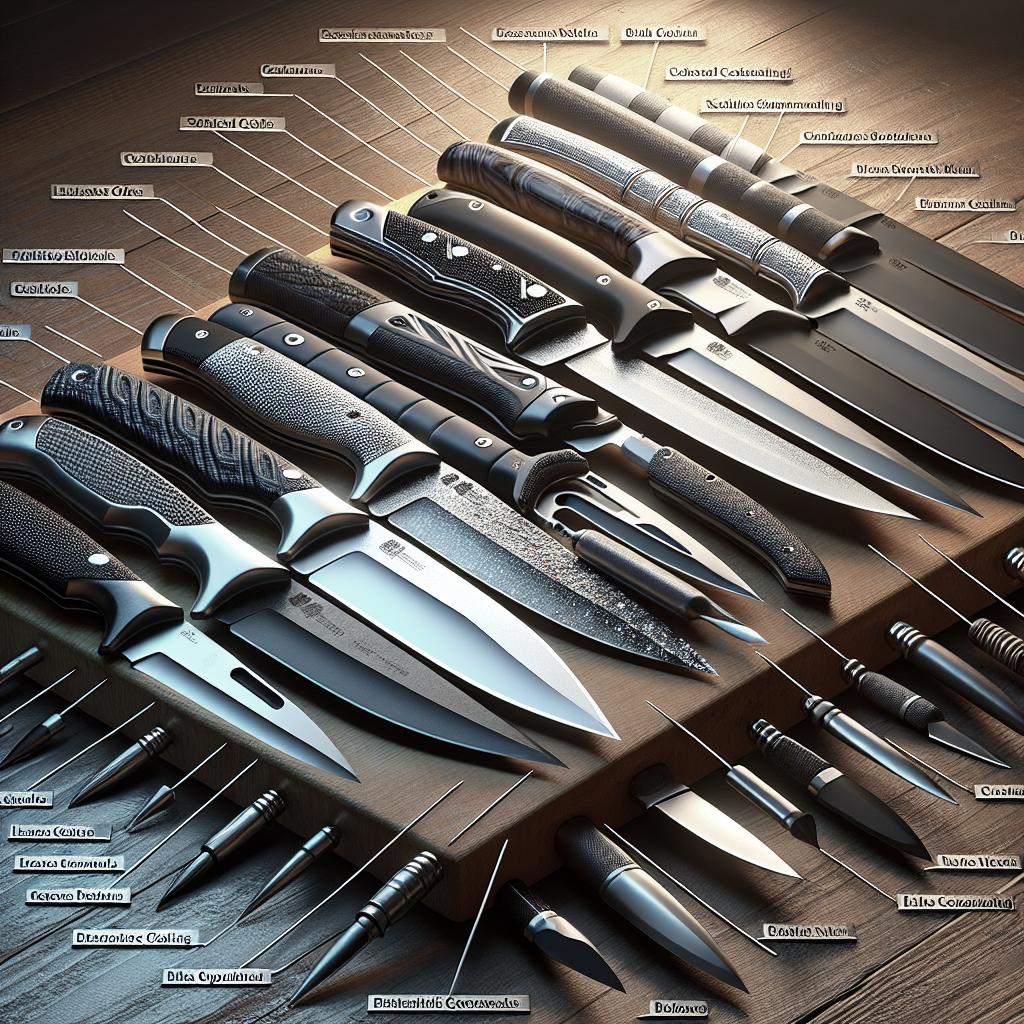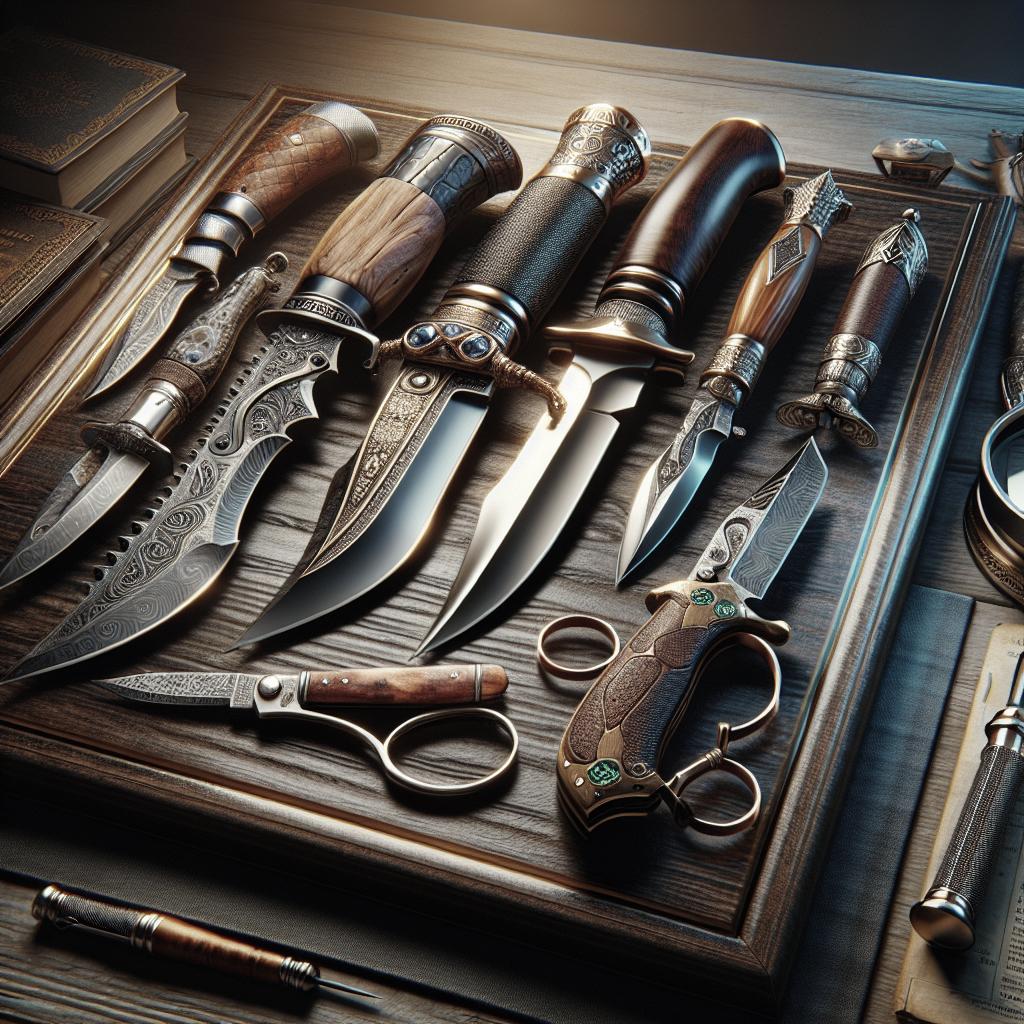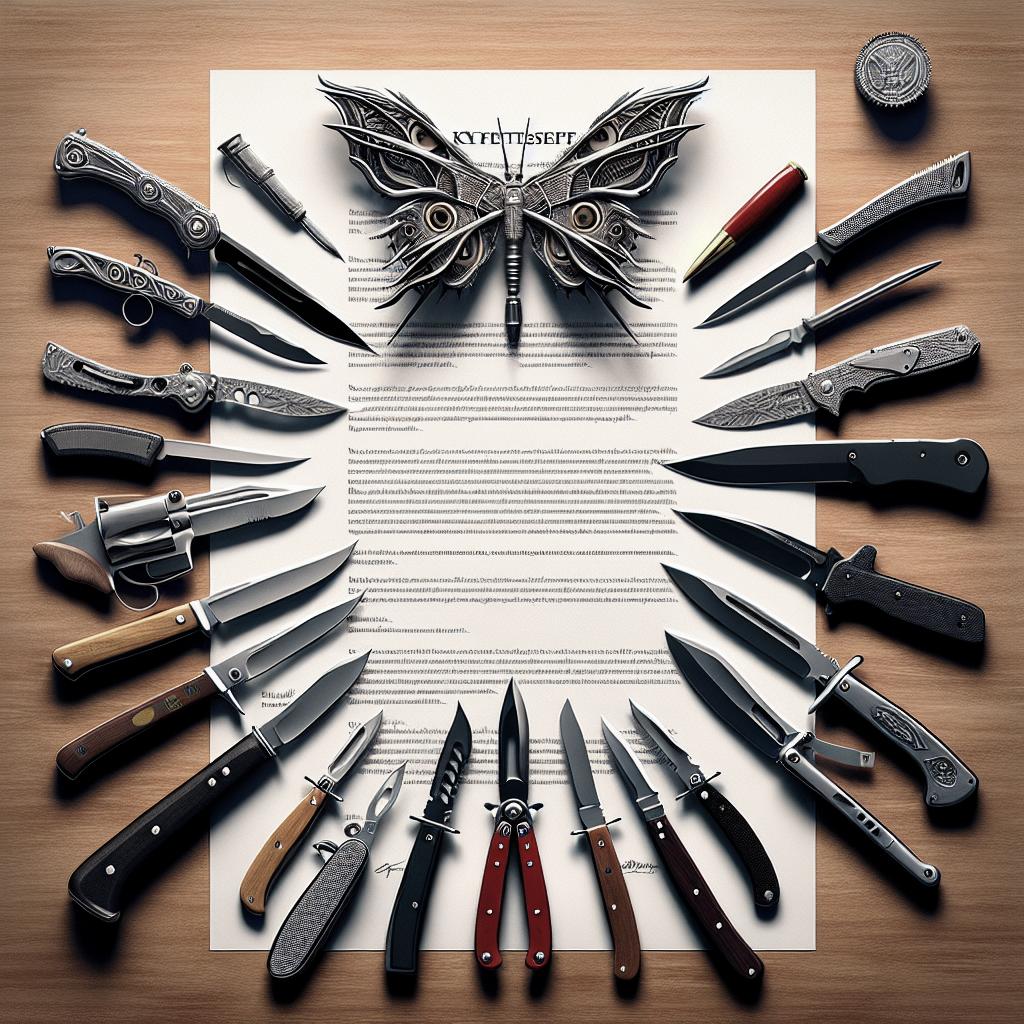Knife Blade Coatings and Finishes
In the world of knife craftsmanship, blade coatings and finishes significantly influence performance, durability, and aesthetics. One of the most popular forms of coating applied to knife blades is Physical Vapor Deposition (PVD) coating. This blog delves into the intricacies of PVD coatings, examining their advantages and drawbacks, as well as their impact on knife durability and appearance. Additionally, the article will highlight the differences between PVD and Diamond-Like Carbon (DLC) coatings. For those interested in the technicalities and practicalities of knife maintenance, this guide offers in-depth insights and considerations. Read on to discover how these coatings can enhance your cutting tools and what factors you need to keep in mind when choosing a blade coating.
What Is PVD Coating on Knife Blades?
Physical Vapor Deposition (PVD) is a process used to deposit thin films of various materials onto the surfaces of knife blades. Utilizing a vacuum chamber, this process vaporizes a solid material, which then condenses onto the blade surface as a thin, durable coating. PVD is known for achieving precise and uniform coatings, which contribute to both the functional and aesthetic properties of knife blades.
PVD coatings are prized for their robust characteristics. The method allows for the customization of knife blades with a variety of metallic finishes and colors, transforming the regular steel appearance into something more sophisticated and decorative. The coating creates a harder and more corrosion-resistant surface, which helps to extend the life of the blade.
Advantages of PVD Knife Coatings
Superior Corrosion Protection
One of the main benefits of PVD coatings is their ability to protect knife blades from corrosion. By providing a protective barrier, PVD coatings help maintain the blade’s integrity even in humid or wet conditions. This is particularly beneficial for knives used in outdoor or coastal environments where exposure to moisture is inevitable.
The corrosion resistance achieved through PVD coating extends the functional life of the blade, preserving its performance and appearance over longer periods. This makes PVD-coated knives ideal for culinary professionals and outdoor enthusiasts alike.
Enhanced Scratch Resistance
PVD coatings significantly bolster a knife blade’s resistance to scratches and wear. This attribute is essential to maintain the aesthetic look of the knife while ensuring its durability for heavy use. The hard coating reduces the risk of surface damage that can occur through everyday use or abrasive contact.
This scratch-resistant feature is a crucial selling point for premium knives, where maintaining an immaculate appearance is part of the user experience and the knife’s overall value.
Attractive Colored Finishes
Aesthetic appeal is another advantage of PVD-coated blades. The process allows for a range of color finishes, including gold, black, and various metallic tones. These colors not only enhance the visual appeal but also convey a knife’s premium quality to potential buyers.
Besides their visual appeal, these colors are integrated with the coating, ensuring that they do not fade or wear over time. This color durability is a key reason why designers and manufacturers prefer PVD coatings for high-end knife lines.
Minimized Thickness for Sharpness
Unlike other coating methods, PVD provides a thin but effective coating, which helps maintain the sharpness and cutting efficiency of the blade. Thicker coatings can blunt the edge of the blade, affecting its precision and performance.
The thin PVD layer ensures that the knife retains its sharp edge while benefiting from added protection, thus delivering optimal cutting performance without compromising the blade’s sharpness.
Secure Bonding
PVD coatings adhere very securely to the substrate, creating a bond that is much stronger than other coating options. This robust attachment minimizes the risk of flaking or peeling, ensuring that the protective layer remains intact even under strenuous conditions.
Thanks to this strong bonding, PVD coatings are less likely to degrade, maintaining both the protective and aesthetic properties of the knife blade over extended periods.
Eco-Friendly Process
Another advantage of PVD coatings is their eco-friendly production process. The method produces fewer harmful byproducts compared to other painting or coating techniques, making it suitable for manufacturers focused on sustainable practices.
This environmentally responsible process appeals to conscientious consumers who value products that are both high-performing and have a reduced environmental impact.
Drawbacks of PVD Knife Coatings
Higher Production Costs
One of the primary drawbacks associated with PVD coatings is their higher production cost compared to traditional coating methods. The requirement for vacuum equipment and the complexity of the process can increase manufacturing expenses, which may translate into a higher retail price for the consumer.
Despite these costs, many consumers find the benefits outweighing the additional expense, particularly those who prioritize longevity, aesthetic appeal, and advanced performance in their knives.
Potential for Reapplication
While PVD coatings are durable, they are not immune to wear and tear over time. In high-use environments, even PVD-coated blades may require reapplication of the coating to maintain their protective and aesthetic functions.
This reapplication can be inconvenient and may add additional costs over the life of the knife, which is a consideration for consumers when deciding whether to invest in PVD-coated knives.
Limited Thickness
The thinness of PVD coatings, while beneficial for maintaining blade sharpness, can also be a limitation. They may not offer the same level of heavy-duty protection that thicker coatings provide, especially in the most rugged applications.
This limitation makes PVD coatings less suitable for industrial or survivalist knives that require robust protective layers to withstand extreme forces and conditions.
DLC vs. PVD Knife Coating: What Are the Key Differences?
While PVD and Diamond-Like Carbon (DLC) coatings share similarities in their application and benefits, they differ in composition and performance. DLC coatings offer a superior hardness and an even lower friction coefficient compared to PVD, making them ideal for blades requiring maximum durability and functionality.
DLC coatings are typically more robust than PVD, providing better scratch and wear resistance. However, the DLC process can be more expensive, and like PVD, it requires specialized equipment. This makes DLC coating a premium option that can significantly enhance the performance of high-end knives.
Choosing between DLC and PVD often depends on the specific performance requirements of the blade and the potential return on investment. While both offer excellent protection, DLC is favored for ultimate hardness and longevity, particularly for tactical knives.
| Aspect | PVD Coating | DLC Coating |
|---|---|---|
| Corrosion Resistance | High | Very High |
| Scratch Resistance | Enhanced | Superior |
| Thickness | Minimal | Minimal |
| Cost | High | Very High |
| Environmental Impact | Eco-Friendly | Eco-Friendly |
Q&As
Q: How often should a knife blade with PVD coating be recoated?
A: The necessity for reapplication depends on usage conditions. Knives subject to heavy use or harsh environments may require more frequent recoating to maintain optimal performance.
Q: Can PVD coatings be used on all types of knife blades?
A: PVD coatings are versatile and can be applied to a variety of blade types. However, the suitability will depend on the specific material and intended use of the knife.
Read More


